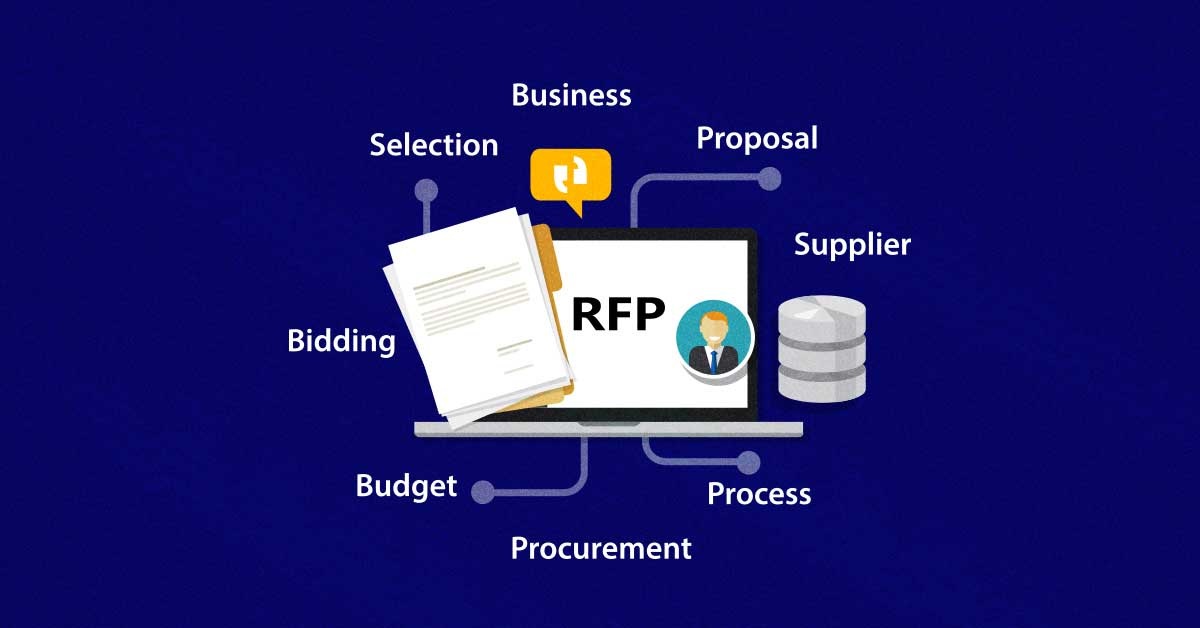RFPs are used when organizations need quotes for products or services and want to see what’s available. An RFP allows vendors and contractors to evaluate your company’s needs and provide bids for the needed products or services. However, potential bidders will want specifics before bidding to ensure their bids are accurate. Misunderstanding your needs leads to inaccurate or incomplete bids. That means companies seeking bids must design their RFPs carefully.
Structuring an RFP Correctly is a Necessity
RFPs will generally contain specific information potential bidders need to generate a proposal. While general outlines are readily available, using a template ensures nothing is missed. Remember, in addition to ensuring bidders have the necessary information, using a template determines if all your requirements are included. The idea is to make the process as foolproof as possible. That means if you need an RFP template, you may need to explore several options to ensure the one used will make the bidding process easier for everyone.
Using templates helps everyone in your organization review the document’s contents before releasing it. Obtaining input from all departments impacted goes a long way toward avoiding mistakes or including contradictory information. Clarity is always important, as errors create problems for your organization as well as vendors if modifications are required later to clear up issues.
Break Down Complicated Projects
In many cases, companies will issue RFPs for several elements included in an overarching project. The RFPs make organizing the project more straightforward, as each vendor involved will have very specific guidelines to follow. Using this type of step-by-step process eliminates most potential problems, as the specifics for each vendor will be clear and concise. Using templates for each phase of the project helps to avoid duplications or omissions.
Discover the Benefits of RFPs for Your Business
In many ways, an RFP is more than a way to generate bids. An RFP is also a form of advertising to ensure all potential bidders are aware of the project and how they can participate in the project. The idea here is to obtain bids from qualified vendors that might not otherwise be aware a project is in the works. Generating the most interest is always important to get solid bids from quality contractors. Using a template helps those bidders determine if they qualify for a project and whether they wish to submit a proposal.
Companies generating RFPs use templates to provide transparency so potential vendors feel they’re getting complete and accurate information before submitting a proposal. Since writing a proposal is time-consuming, no one wants to waste time and have a proposal rejected due to insufficient or inaccurate information.
After Proposals are Submitted
Once proposals are submitted, they are reviewed by staff members to determine which ones meet the criteria outlined in the RFP. The organization can then determine which vendor would best meet the requirements outlined in the RFP. In some cases, the proposal selected will not be from the lowest bidder, as quality and other requirements are often more important than the cost. In some instances, none of the proposals meet all the requirements, and the organization sending the RFP may ask for revisions or reopen the process.
Choosing an RFP Template Provider
When deciding on a provider for RFP templates, consider the reputation of the provider as well as the cost of the template. If you’re unsure whether a provider’s template will meet your needs, contact that provider for more information or advice.
